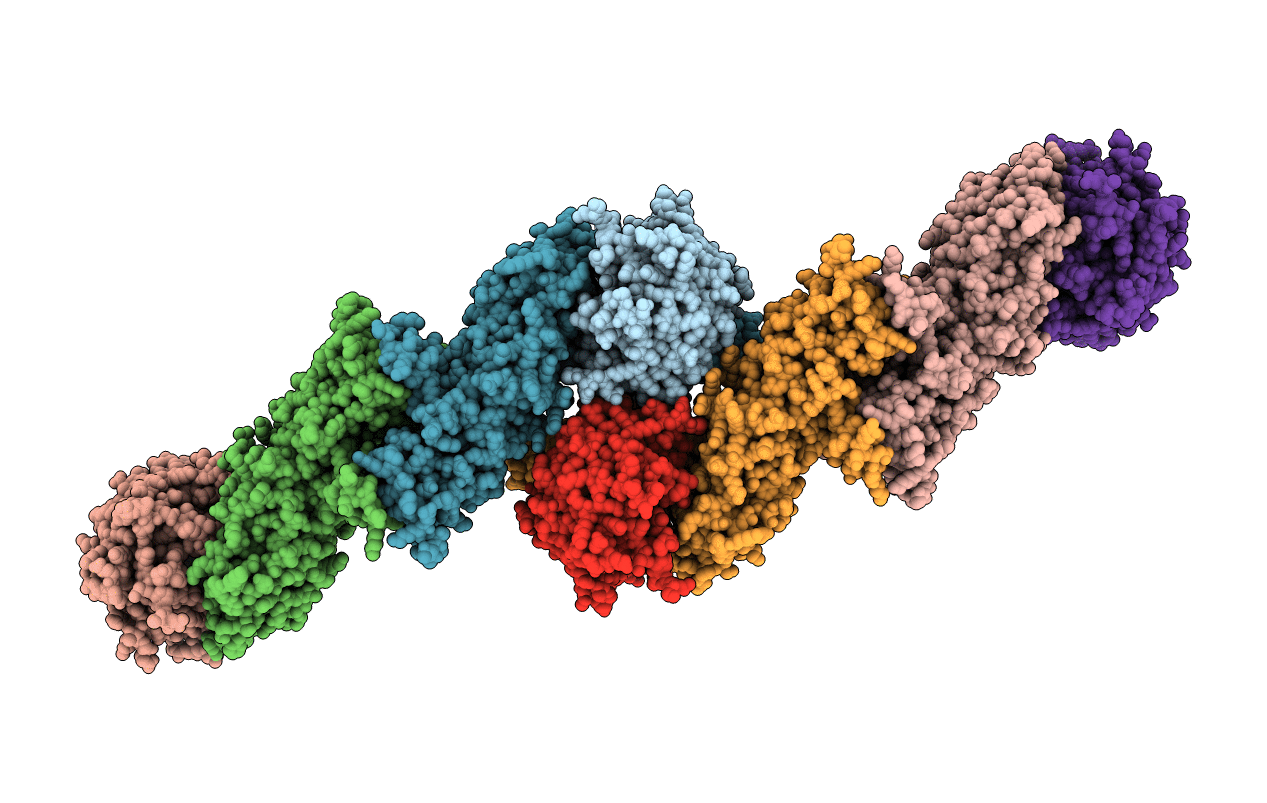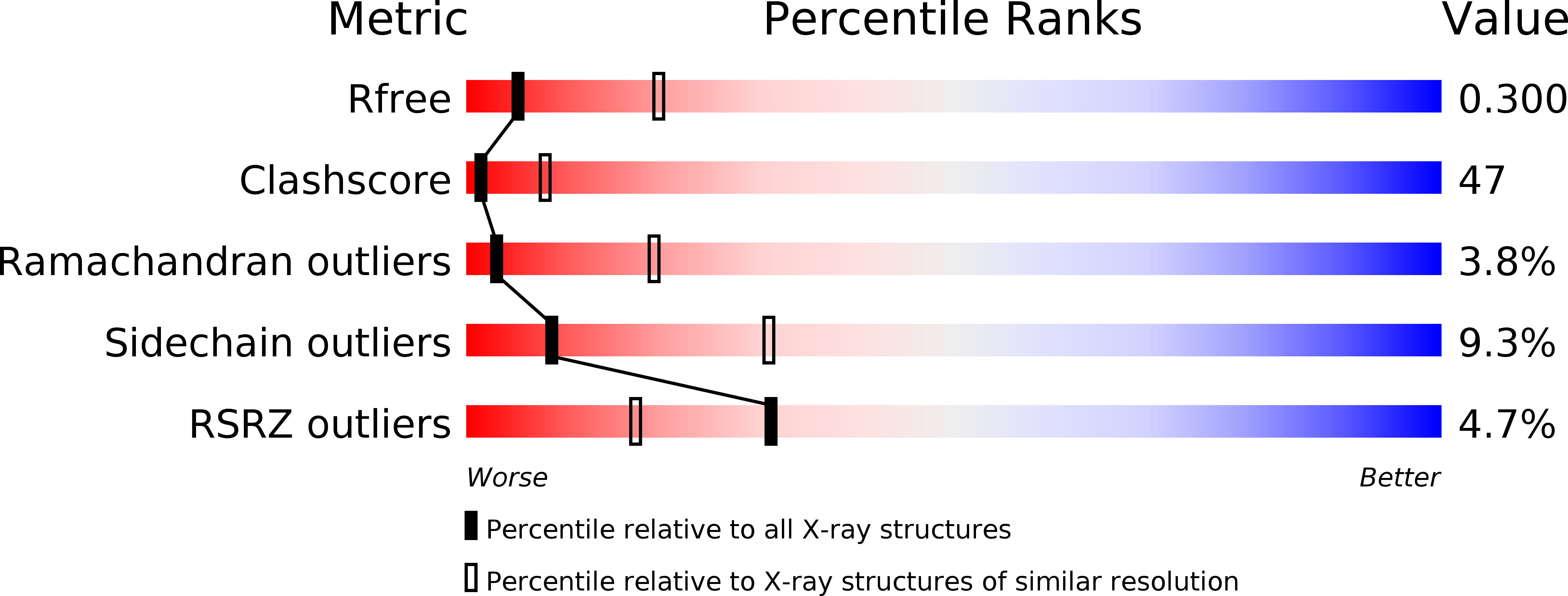
Deposition Date
2007-11-23
Release Date
2008-01-01
Last Version Date
2024-02-21
Entry Detail
PDB ID:
3BG0
Keywords:
Title:
Architecture of a Coat for the Nuclear Pore Membrane
Biological Source:
Source Organism:
Homo sapiens (Taxon ID: 9606)
Saccharomyces cerevisiae (Taxon ID: 4932)
Saccharomyces cerevisiae (Taxon ID: 4932)
Host Organism:
Method Details:
Experimental Method:
Resolution:
3.15 Å
R-Value Free:
0.29
R-Value Work:
0.25
R-Value Observed:
0.25
Space Group:
C 1 2 1


